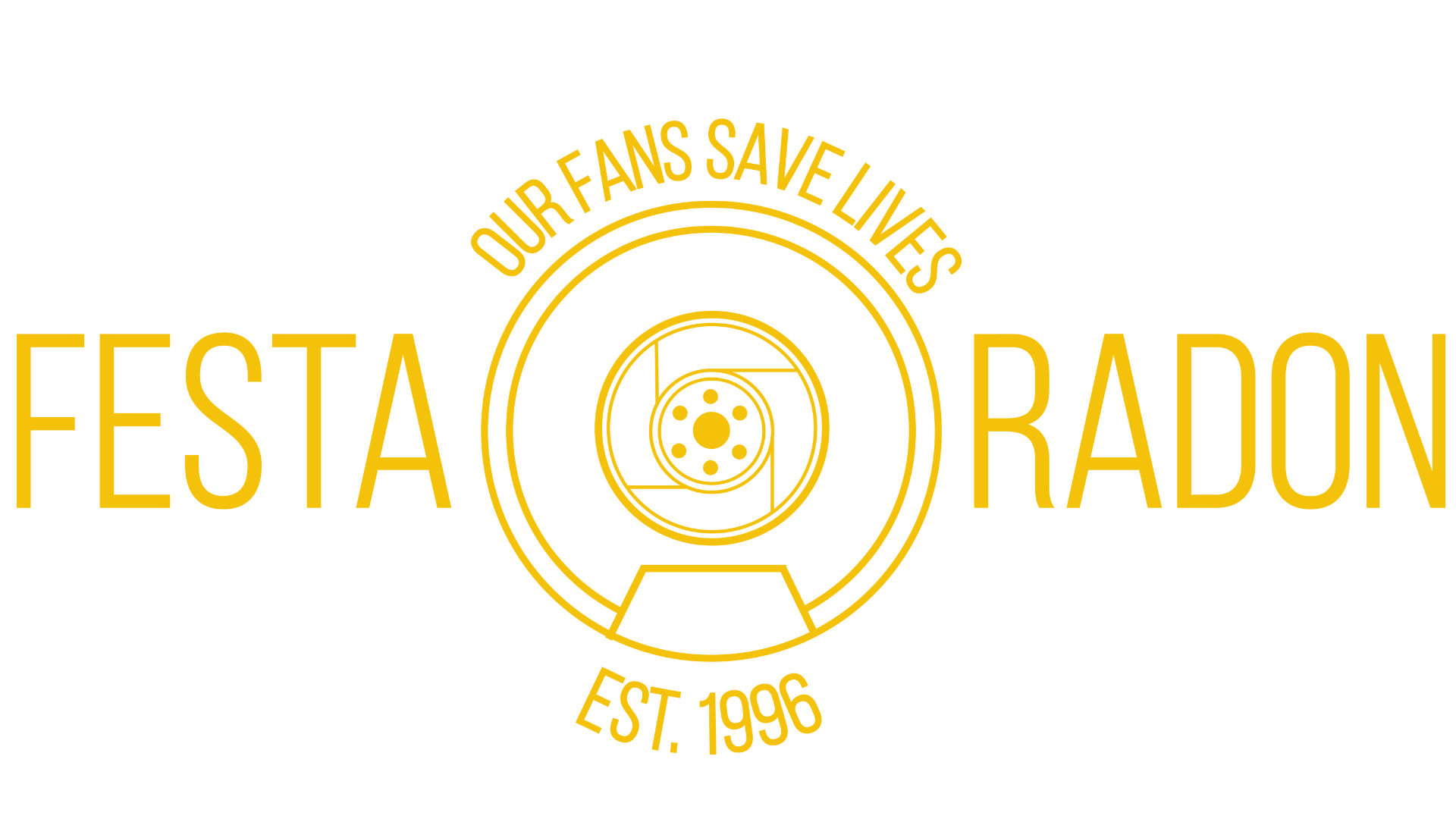
How Much Energy Does a Radon Mitigation System Use?
When you install a radon mitigation system in your home or place of business, the mitigation expert will advise you that the radon fan will run 24/7. Will your mitigation system cause your energy bills to skyrocket? Festa Radon is here to put your mind at ease as we review how much energy a radon mitigation system really uses.
Wattage and Amperage Considerations
Most radon fans have a published wattage of between 60 and 70 watts. Amperage considerations are minimal—usually less than 1 amp. These measurements mean you won’t be spending a bundle every month by leaving the radon fan running.
The average energy cost of an active radon mitigation system is roughly equivalent to leaving a 75-watt lightbulb on continuously. Expect your radon fan to cost you between $60 and $100 per year in electricity usage.
Published vs. Actual Wattage
When you buy a new or replacement radon fan, it will have a published wattage, usually between 60 and 70 watts. However, that’s the maximum wattage used when it’s wide open and not installed in its designated spot.
When radon fans are installed properly, often in an attic space or outside the building’s first floor, their energy usage usually sits in the middle of its power curve. A 60-watt radon fan, for example, will use around 30 watts when the mitigation system is up and running.
Keep in Mind
Your radon fan will be more efficient in its energy usage if the concrete slab in your basement is sealed properly. Using a radon sealant caulk to fill in cracks in the slab will prevent radon from bypassing the mitigation system and keep the fan from using excess energy.
What About Low-Wattage Fans?
If you are still concerned about your radon mitigation system using too much energy, you may be tempted by the low-watt radon fans on the market. However, those low-watt fans are only useful in a limited range of situations.
Common applications of low-wattage radon fans include tiny homes and other small-footprint buildings with extremely porous concrete slabs. There aren’t many buildings out there that fit these criteria; chances are, a low-watt fan probably won’t be effective in mitigating your radon problem.
How much energy does a radon mitigation system use? At the end of the day, you’re probably spending more money keeping your refrigerator running. While radon mitigation fans are designed to run 24/7, the actual wattage they use is relatively low.
Remember that a radon mitigation system is not only an investment in your property—it’s an investment in your health. Long-term radon exposure can lead to lung cancer, so consider the installation and energy costs of radon mitigation as money well spent.





